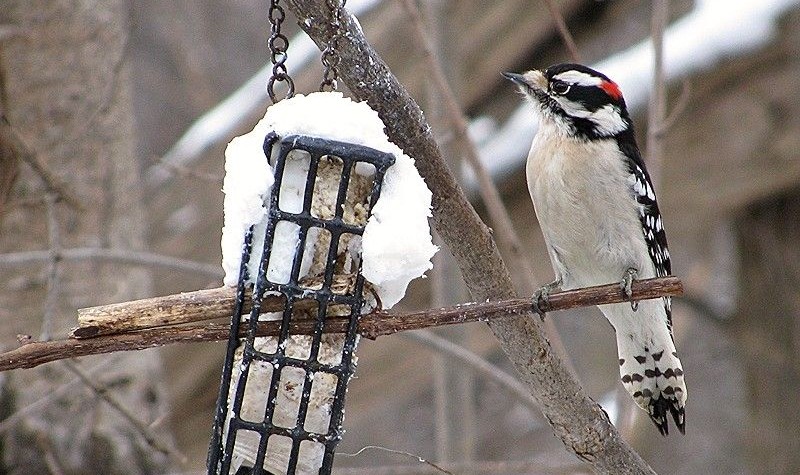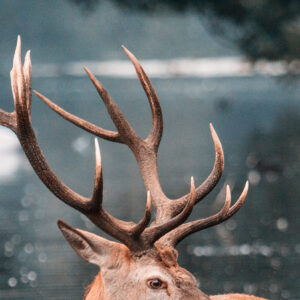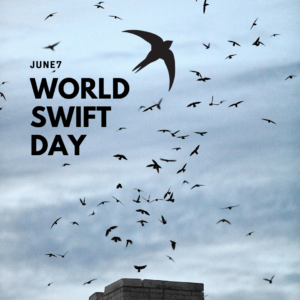Connect with Nature: Set up a backyard bird feeder
As the weather gets colder and some birds prepare for a long winter at home, this is a perfect time to set up a backyard bird feeder. Backyard feeders provide birds with a good source of energy for the cold winter months and create excellent bird watching opportunities. Here are a few tips to help you make the most of your backyard birding experience.
Choose the right feeder: There are lots of feeder types to choose from. Depending on your region, you could be visited by dozens of different bird species. The ideal feeder is sturdy enough to withstand winter weather, easy to clean and tight enough to keep bird feed dry. Suet bird feeders can be particularly good for birds this time of year because of the high energy content in suet mix, made from hard fats and other ingredients like peanuts or cornmeal. Hopper, or “house” feeders, offer good protection from the winter weather and are attractive to a wide range of feeder birds. Want to attract as many bird species as possible? Provide several different feeder styles and types of feed to maximize the species you see in your yard.
Pick a good location: Place your feeders in a quiet area where they are easy to see and convenient to refill. If you can, offer birds a refuge by placing feeders close to trees or shrubs where they can wait their turn to feed. Another factor to consider when choosing a location is the risk of window collisions. Birds can perceive a reflection in your window as a pathway through your house, so make sure to choose a location that will reduce this risk. Find out more about the issues with window collisions here.
Keep it clean: Birds can become ill from leftover bits of seed and bird droppings that accumulate on feeder trays. Give your feeder a thorough wash with soap and water every few weeks or more often if necessary during heavy feeding periods. If you are setting up a suet feeder, make sure to be extra vigilant about keeping it clean. Suet mix can spoil easily in warmer weather.
Get to know your visitors: Bird watching continues to be one of the most popular pastimes around. Keep an eye on the birds that frequent your feeder and spend some time observing their size, shape, colour and behavior. If you’re having trouble identifying the species, snap a quick photo and use a field guide or allaboutbirds.org to narrow the possibilities.
Make your observations count: Once you’ve got your bird feeder up and running, consider joining Project Feederwatch. Participants in this project periodically count the birds that appear at their feeders and submit their data to Bird Studies Canada, Nature Canada’s co-partner in delivering the Important Bird Areas Program. By submitting your data, you’ll be helping scientists determine how bird populations are changing across North America. It’s open to all skill levels and is a great way to contribute to an international bird conservation effort.



